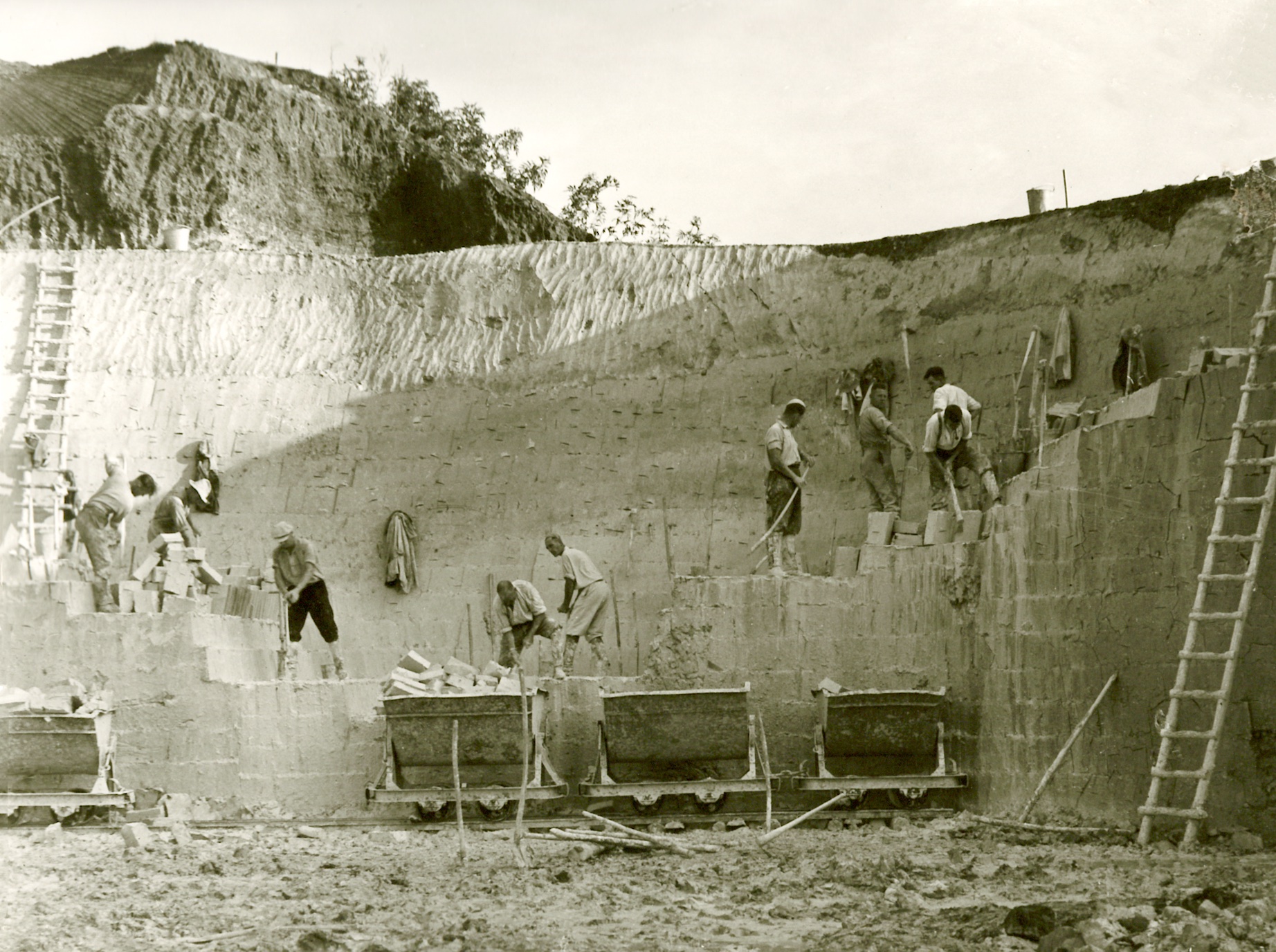The Ceramic History of Westerwald, Germany
The Origins - The Westerwald Clay Region

The vast and extensive clay quarries in the Westerwald region represent the largest connected deposits in Europe.

The vast and extensive clay quarries in the Westerwald region represent the largest connected deposits in Europe.

C24 Gallery - Chelsea, NYC 560 W 24th Street New York, NY 10011

On a suspiciously quiet Thursday evening near the Chelsea piers, the streets are bathed in fading sunlight, the day prematurely surrendering to dusk. The crowd of gallery